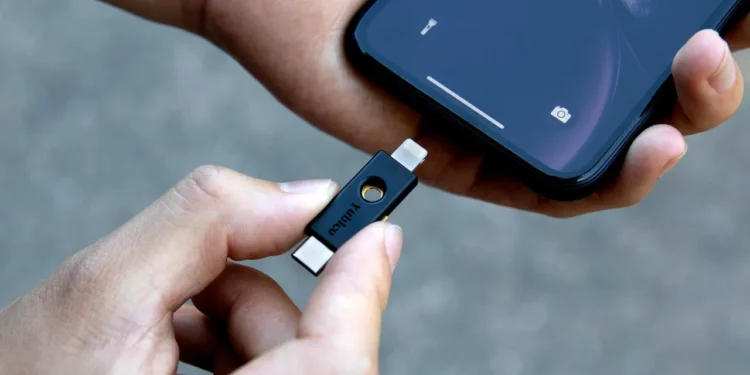In a recent revelation that caught the eye of many within the tech community, security researchers have disclosed a successful hack of the Apple iPhone USB-C controller. This development poses serious questions about the security frameworks of one of the most ubiquitous devices in our digital age. With the security of Apple’s highly customized ACE3 USB-C controller—first introduced in the iPhone 15 series—now under scrutiny, users and industry experts alike are eager to understand the implications of this breach.
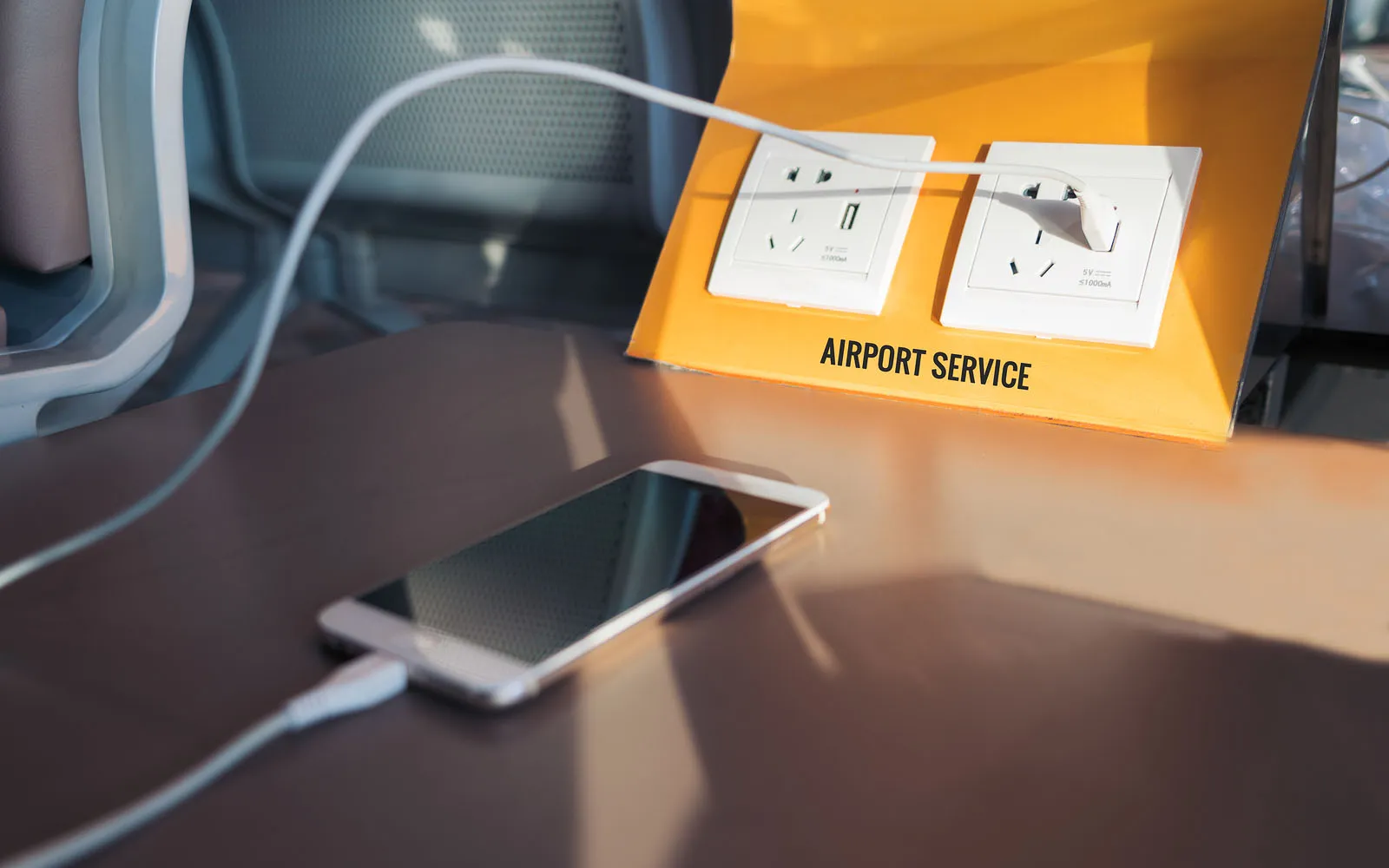
A Closer Look at the USB-C Controller Hack
The Technical Breakdown
Thomas Roth, known in the digital security realm as stacksmashing, recently presented alarming findings at the 38th Chaos Communication Congress (38C3) in Hamburg, Germany. The conference, a staple in the tech community known for eye-opening revelations, served as the perfect backdrop for Roth’s demonstration. His expertise in reverse engineering and hardware security shone through as he explained how he managed to bypass Apple’s security measures to achieve code execution on the ACE3 controller.
According to Roth, the ACE3 controller is not just a simple chip; it’s a fully functioning microcontroller with a robust USB stack connected to internal busses of the iPhone. By exploiting various methodologies, including side-channel analysis and electromagnetic fault injection, Roth could dump the ROM and scrutinize its functionalities. This type of access could potentially lay the groundwork for uncovering more severe vulnerabilities within the firmware.
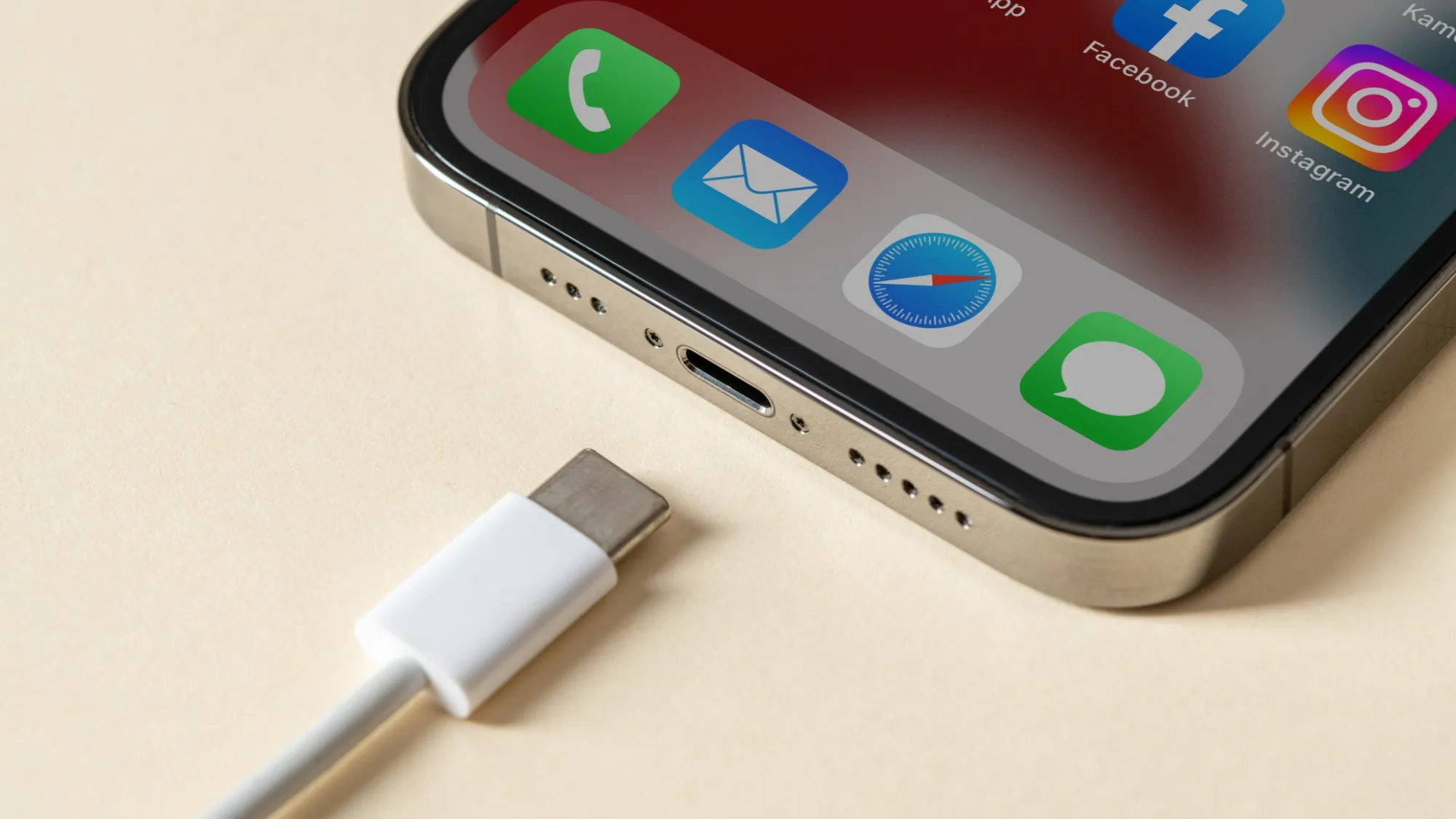
Apple’s Response
Apple has been relatively quiet regarding the specifics of the vulnerability. However, Roth shared that his previous discoveries, related to the ACE2 controller, were acknowledged by Apple but were dismissed as hardware issues not warranting immediate action. This approach seems consistent with Apple’s response to the ACE3 findings, which they view as complex but not an immediate threat.
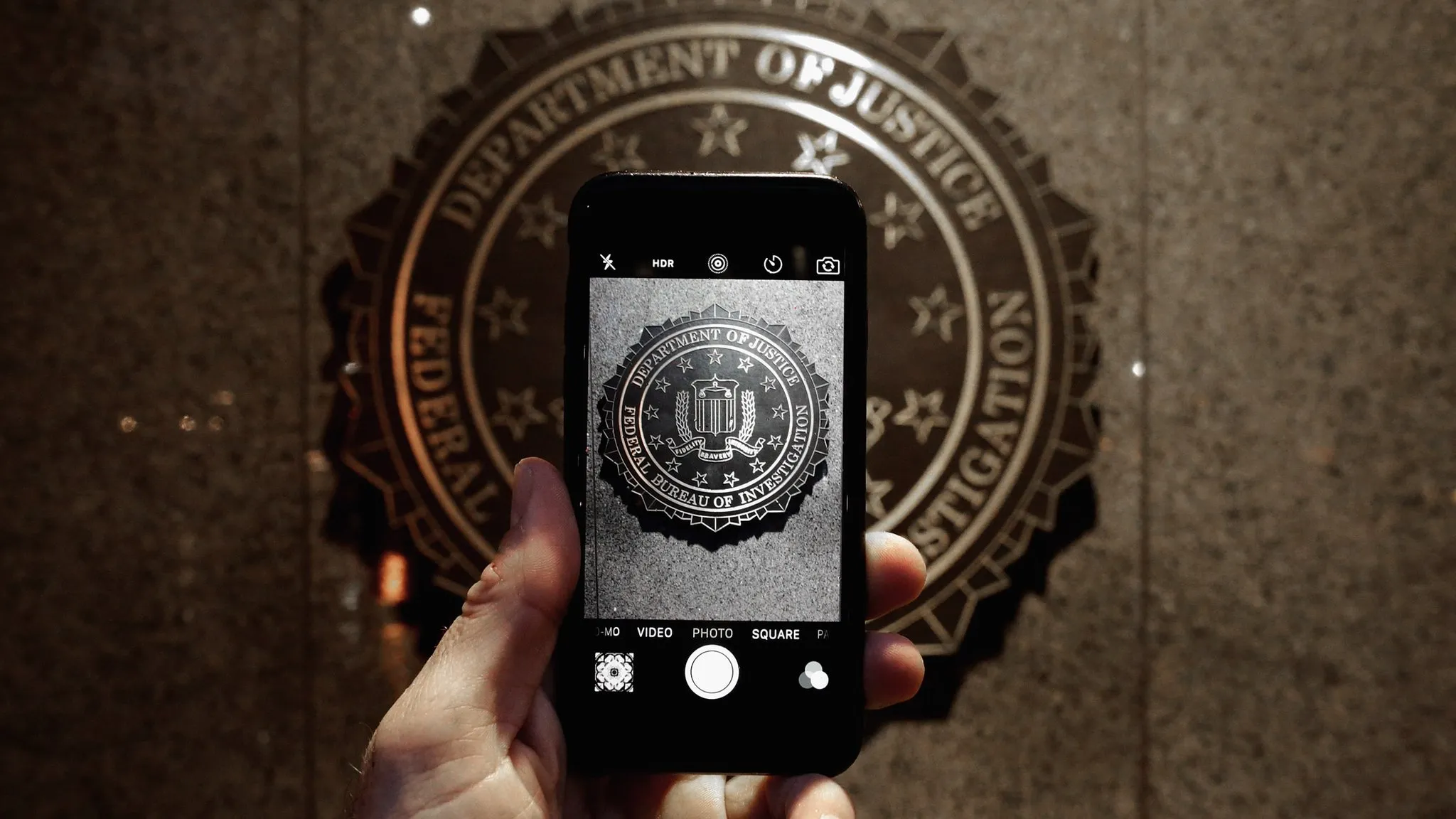
Industry Experts Weigh In
Mike Grover, alias MG, creator of the infamous O.MG Cable, praised Roth’s research, anticipating further insights that might emerge from the hacked firmware. He also hinted at the simplicity of such attacks being underestimated, suggesting that Apple might need to consider a hardware revision soon.
Conversely, Rich Newton from Pentest People emphasized the broader implications, such as the risks associated with public charging stations. He recommended that iPhone users adopt preventive measures like USB data blockers to mitigate risks of ‘juice jacking’.
Adam Pilton, a senior cybersecurity consultant, voiced concerns over cybercriminals potentially exploiting the disclosed vulnerabilities. He likened having access to the iPhone’s ROM to “holding the blueprint for a bank,” underscoring the potential for significant security breaches if these vulnerabilities were to be leveraged maliciously.
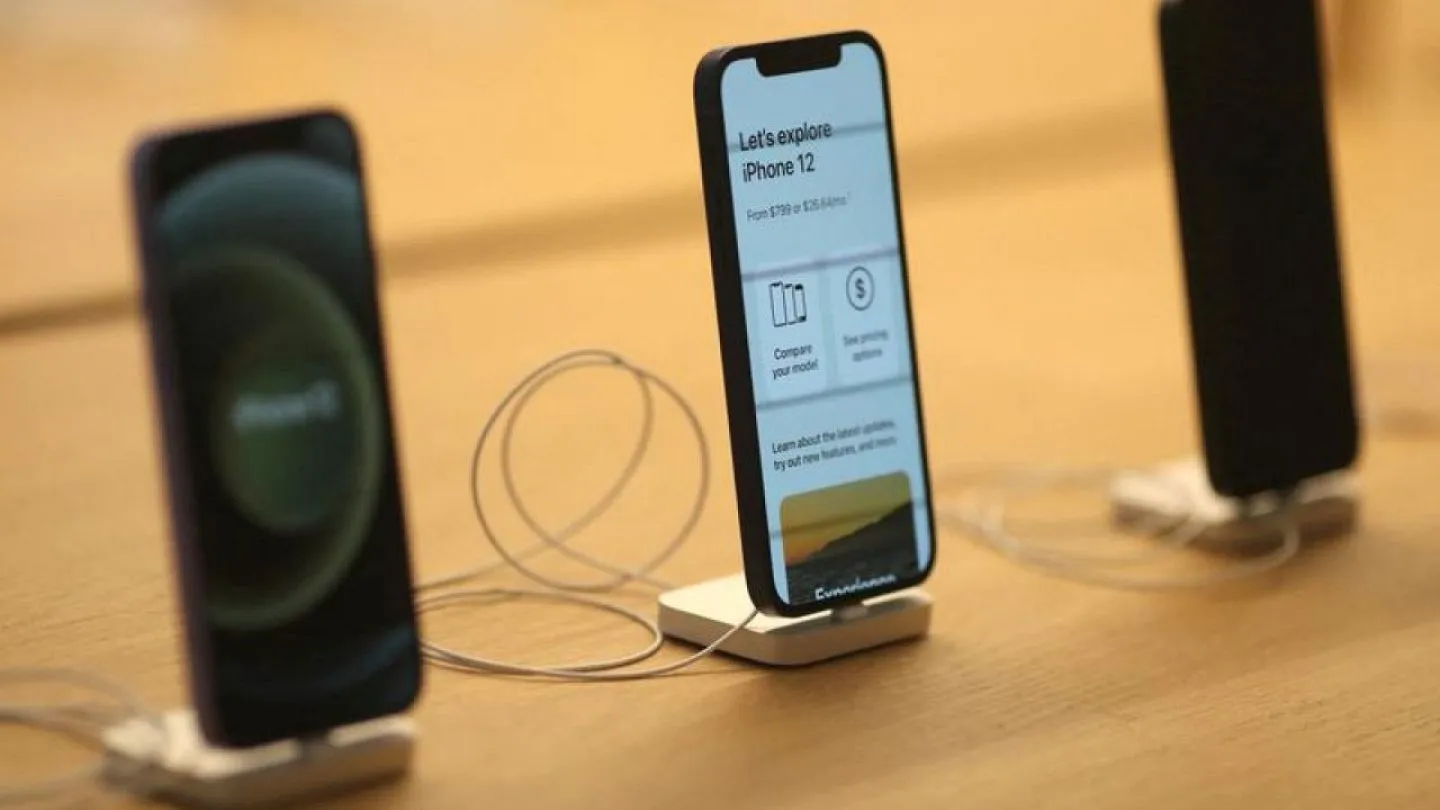
What This Means for iPhone Users
For everyday iPhone users, the news of this hack might not translate into immediate risk, but it underscores the ongoing need for vigilance. Employing simple safeguards, such as using trusted charging cables and avoiding public charging ports without protection, can be effective first steps in safeguarding one’s data.
As we move forward, the tech community, as well as Apple’s user base, will be watching closely. The company’s next moves will be crucial in maintaining trust and ensuring the security of millions of users worldwide. With the digital security landscape constantly evolving, the only certainty is that this will not be the last challenge Apple faces in its ongoing battle to protect its users.

